Effective Email Marketing Strategies: Top 5 Tips for Success
In today’s digital landscape, the use of effective email marketing strategies has become paramount for businesses seeking to enhance their engagement with customers. Email marketing stands out as one of the most powerful tools available for reaching audiences directly and personally. This blog post explores various facets of email marketing, from understanding its importance to actionable tactics that can drive results.
Understanding the Importance of Email Marketing
Email marketing is not just about sending messages; it’s about creating meaningful connections. As we delve into the essence of email marketing, we’ll uncover why it remains a cornerstone of digital marketing strategies.
The Role of Email in Digital Marketing

In an era dominated by social media platforms, many might question the relevance of email marketing. However, email remains a crucial tool in the digital marketing arsenal. It allows businesses to communicate directly with consumers, providing them with personalized content that resonates on a deeper level.
Email serves multiple purposes: nurturing leads, promoting products or services, and keeping customers informed about company news. Unlike social media posts, which can easily get lost in a user’s feeds, emails land directly in the inbox. When executed correctly, an email campaign can create a direct line of communication between a brand and its audience, fostering loyalty and encouraging repeat business.
Moreover, email marketing integrates seamlessly with other marketing channels. Businesses can leverage email to drive traffic to their websites, enhance social media engagement, and collect feedback efficiently. It creates synergy within a comprehensive marketing strategy, making it invaluable for any organization looking to thrive in today’s competitive landscape.
Benefits of Email Marketing for Businesses
The benefits of email marketing are manifold. One of its most significant advantages is cost-effectiveness. Compared to traditional marketing methods, such as print advertising or television commercials, email marketing requires minimal investment while delivering impressive returns.
Additionally, email marketing boasts remarkable reach. Billions of people use email daily, making it one of the most widely used communication tools globally. By utilizing effective email marketing strategies, businesses can tap into this massive audience, expanding their reach exponentially.
Another considerable benefit lies in the ability to track and analyze performance. Through various email marketing platforms, businesses can monitor metrics such as open rates, click-through rates, and conversion rates. This data-driven approach enables marketers to refine their strategies continually, ensuring they meet customer needs effectively.
Statistics Highlighting Email Engagement
Statistics paint a vivid picture of the effectiveness of email marketing. Studies show that email marketing generates higher ROI than any other marketing channel. Engagement rates often surpass those seen in social media campaigns, illustrating that consumers respond positively to well-crafted email content.
Furthermore, emails specifically targeted to segmented groups see even higher engagement levels. This emphasizes the need for businesses to invest time in understanding their audiences and tailoring their messages accordingly. By doing so, companies can significantly boost their engagement rates and overall effectiveness in reaching their target market.
Building a High-Quality Email List
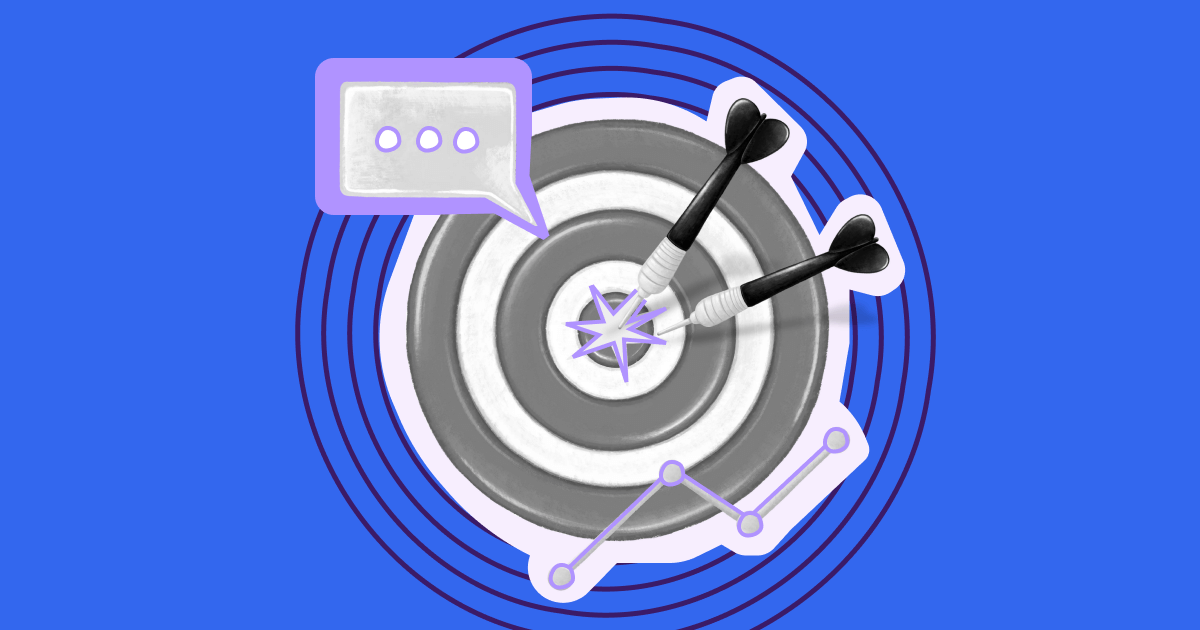
Creating a quality email list is fundamental to successful email marketing. Without a robust subscriber base, even the best-designed campaigns will fail to yield results.
Strategies for Growing Your Subscriber Base
Growing your email list starts with understanding your target audience. Identify where your potential subscribers spend their time online and what type of content they value. You can set up sign-up forms on your website, social media pages, and landing pages, making it easy for interested individuals to join your mailing list.
Incorporating pop-ups or slide-ins on your website can also be effective. While some users may find pop-ups intrusive, if designed thoughtfully, they can capture attention without being overly aggressive. Offering incentives like discounts, exclusive content, or free trials can encourage visitors to subscribe.
Another strategic avenue is hosting webinars or live events. These platforms provide an excellent opportunity to gather email addresses while offering participants valuable insights. Attendees are often more willing to share their contact information when they perceive a tangible benefit in return.
Importance of Permission-Based Marketing
Permission-based marketing is a crucial principle of ethical email marketing. Obtaining consent before sending promotional emails not only complies with legal requirements but also establishes trust with your audience.
When subscribers willingly opt-in, they are more likely to engage with your content. They have expressed interest in your business, making them warmer leads compared to purchased lists. The relationship built on trust can lead to higher open and conversion rates, ultimately resulting in better ROI.
Engaging in permission-based marketing involves clear communication about what subscribers can expect. Be transparent about the frequency of emails and the types of content you’ll send. This clarity helps manage expectations and reduces the likelihood of unsubscribes.
Utilizing Lead Magnets to Attract Subscribers
Lead magnets are tools that attract potential subscribers by offering something valuable in exchange for their contact information. A lead magnet could be anything from an e-book, checklist, or free trial to a webinar or exclusive discount.
To design an effective lead magnet, consider your audience’s pain points and interests. What challenges do they face that your product or service can address? Tailor your lead magnet to solve that problem while showcasing your expertise.
Once you’ve created a compelling lead magnet, promote it across various channels. Use social media, your website, and even paid advertisements to spread the word. The more visibility you give your lead magnet, the more subscribers you’ll attract to your email list.
Segmenting Your Audience for Better Targeting
Segmentation is a powerful tactic in email marketing that allows you to tailor your messages to specific groups within your broader audience. By dividing your email list based on demographics, behaviors, or preferences, you can send targeted content that speaks directly to each segment.
For example, if you run a retail business, you might segment your audience according to past purchasing behavior. A customer who frequently buys women’s clothing might receive different promotions and recommendations than someone who primarily shops for home goods.
Personalization through segmentation enhances the customer experience. Subscribers feel valued when they receive relevant content, leading to higher engagement and conversion rates. Furthermore, segmentation can reduce unsubscribe rates since recipients are receiving messages tailored to their interests.
Crafting Compelling Email Content
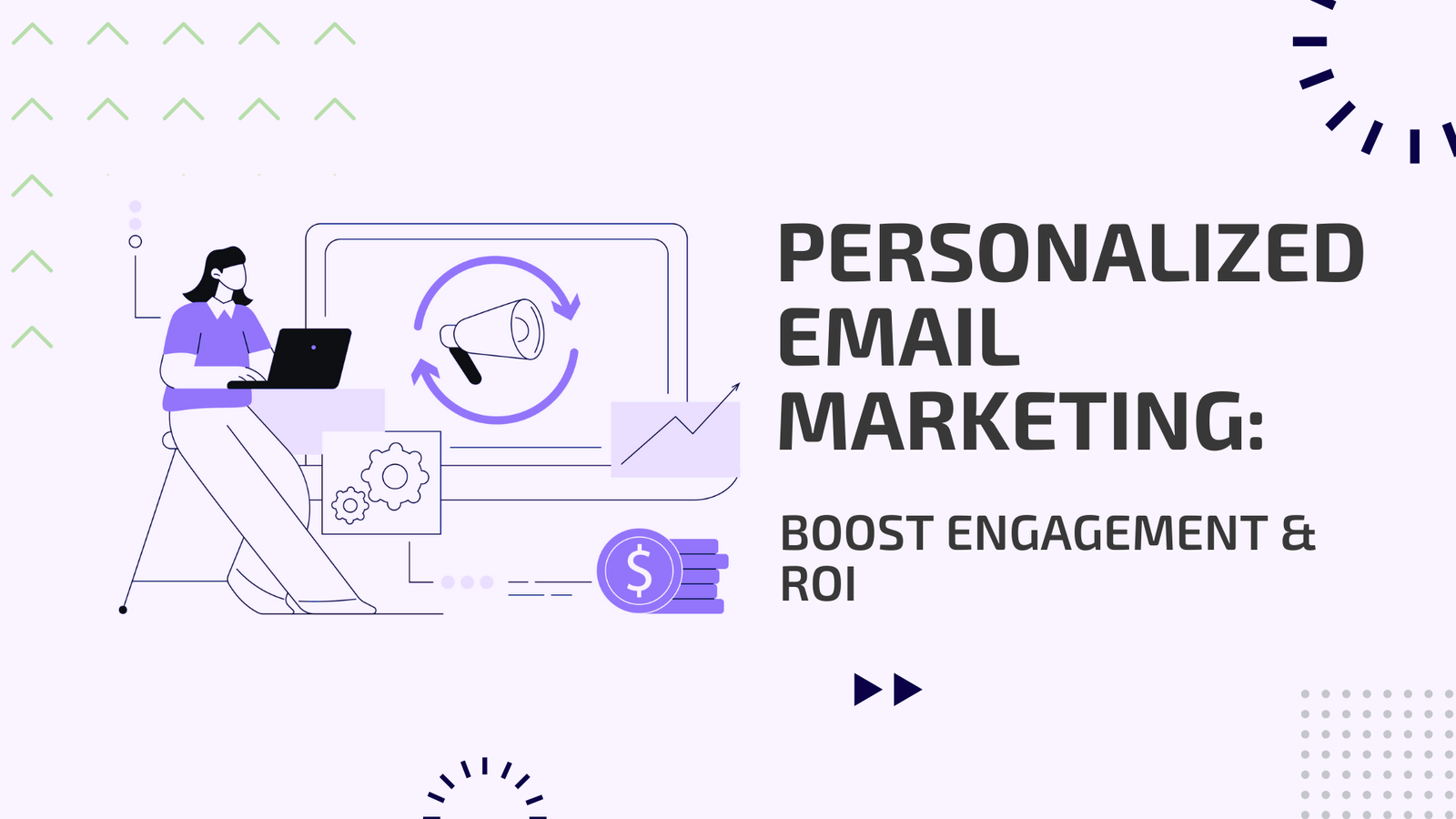
Now that you have a solid foundation for your email list, let’s explore how to create engaging email content that keeps subscribers interested and drives action.
Writing Engaging Subject Lines
The subject line is the first impression your email makes, and a good one can mean the difference between an opened email and one that gets ignored. Crafting compelling subject lines requires creativity and a deep understanding of your audience.
Keep subject lines concise, ideally under 50 characters. This ensures they are fully visible on mobile devices, where many consumers read their emails. Use action-oriented language that encourages readers to take immediate action, such as “Unlock Your Exclusive Discount Now!” or “Discover Our Newest Collection.”
Additionally, consider using personalization. Including the recipient’s name or referencing their previous purchases can make the subject line more appealing. Experiment with emojis to add a playful touch, but ensure they align with your brand voice.
Personalization Techniques that Work
Beyond personalizing subject lines, there are numerous ways to incorporate personalization throughout your emails. Addressing recipients by their names in the greeting is a simple yet effective technique that fosters individual connection.
Advanced personalization involves analyzing user behaviors and preferences. For instance, if a subscriber has shown interest in particular products, tailoring content to recommend similar items can enhance their experience. Dynamic content blocks allow you to display different images or messages based on the recipient’s profile, creating a customized journey.
Utilizing behavioral triggers can also enhance personalization. If a subscriber abandons their shopping cart, sending a follow-up email with a reminder and a special offer can entice them to complete their purchase.
Creating Valuable and Relevant Content
Email content should always deliver value. Focus on providing educational resources, industry insights, or entertaining anecdotes that resonate with your audience’s interests. When subscribers find value in your emails, they are more likely to stay engaged and look forward to future communications.
Be sure to incorporate storytelling elements. Sharing success stories or case studies can humanize your brand and build rapport with your audience. People connect with stories, and weaving them into your email content can create a memorable experience.
Additionally, consider including user-generated content. Featuring reviews, testimonials, or photos from customers adds authenticity and showcases real experiences with your brand, further establishing trust.
Call to Action Best Practices
Every email should include a clear call to action (CTA) that guides subscribers on the next steps. Whether asking them to shop now, read a blog post, or download a resource, your CTA should be actionable and compelling.
Design CTAs using contrasting colors to make them stand out visually. Ensure they are concise and use action words like “Shop Now,” “Get Started,” or “Learn More.” Placing CTAs strategically within the email, both at the top and bottom, ensures that recipients can easily find them.
A/B testing your CTAs can yield valuable insights. Experiment with different phrases, colors, and placements to determine which versions generate the highest engagement rates.
Designing Effective Email Campaigns

An aesthetically pleasing and functional design is essential for ensuring that your emails are not only opened but also read and acted upon.
The Importance of Responsive Design
With a growing number of people accessing their emails on mobile devices, responsive design is crucial. Emails that do not display correctly on smartphones and tablets risk alienating a significant portion of your audience.
Responsive design ensures your emails automatically adjust to fit any screen size. This adaptability encompasses text, images, buttons, and layout, providing a seamless experience regardless of the device used.
Testing your emails across various devices and email clients is vital to ensure functionality. Utilize tools that allow you to preview how your emails will look on different screens, making adjustments as necessary.
Visual Elements That Enhance Engagement
Visual elements play a pivotal role in email marketing. Incorporating images, graphics, and videos can break up text and maintain reader interest. High-quality visuals can help convey your message more effectively and create a more immersive experience.
Consider using infographics to present complex information or statistics in a visually engaging manner. Videos can also increase engagement, as they provide dynamic content that captures attention. Just ensure you’re mindful of file sizes and loading speeds, as overly large files can cause emails to render slowly.
A/B Testing for Optimizing Email Performance
A/B testing, or split testing, involves comparing two variations of an email to determine which performs better. This method allows you to make data-driven decisions and optimize your email campaigns effectively.
When conducting A/B tests, focus on one element at a time, whether it’s the subject line, CTA, or design. By isolating variables, you can accurately assess which changes lead to improved performance.
Analyze the results and apply your findings to future campaigns. Continually iterating on your email strategy based on testing data ensures you’re always evolving to meet the changing preferences of your audience.
Analyzing and Measuring Success
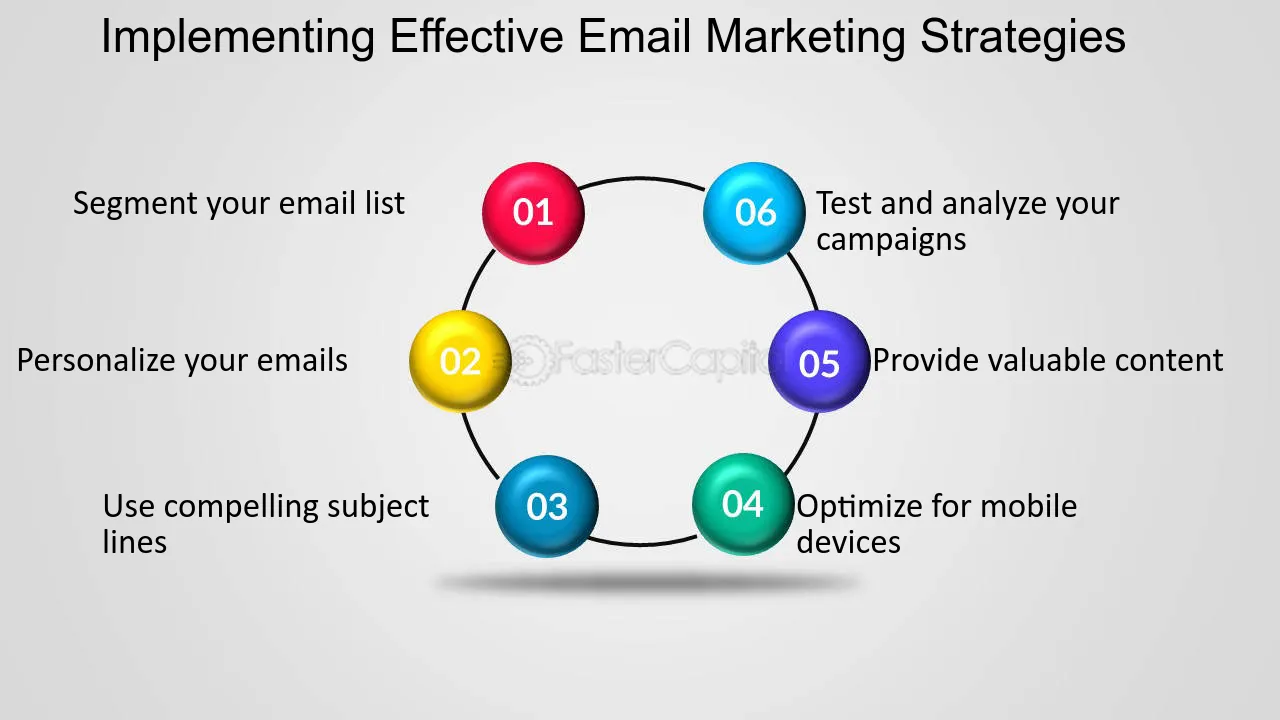
Understanding the performance of your email campaigns is integral to refining your strategies. Analyzing key metrics offers insights into what’s working and areas that need improvement.
Key Metrics to Track in Email Marketing
Several critical metrics define the success of an email marketing campaign. Open rates indicate how many recipients are engaging with your subject lines, while click-through rates measure how many users are interacting with your content.
Conversion rates gauge the ultimate effectiveness of your email in achieving its goals, whether that’s driving sales, sign-ups, or downloads. Additionally, monitoring unsubscribe rates provides insight into whether your content resonates with your audience or if adjustments are needed.
Engagement over time is another important metric. Tracking how your audience interacts with your emails month over month helps identify trends and shifts in preferences, allowing you to adapt your content accordingly.
Tools for Email Analytics and Reporting
Many tools are available to facilitate the analysis of email marketing campaigns. Platforms like Mailchimp, HubSpot, and Constant Contact provide comprehensive analytics dashboards that simplify tracking performance metrics.
Look for tools that offer segmentation capabilities, allowing you to drill down into the performance of different audience segments. This level of analysis enables you to understand which groups are responding positively to your campaigns.
Automation features can also enhance reporting. Setting up automated reports allows you to receive regular updates on your campaign performance without needing to manually compile data.
Interpreting Data to Improve Future Campaigns
Data interpretation goes beyond simply looking at numbers; it requires identifying actionable insights that inform your strategy. For instance, if you notice low open rates among a particular audience segment, it may indicate that your content isn’t resonating with them.
Use the data to hypothesize why certain trends occur. Perhaps specific subject lines resonate more with your audience, or perhaps certain times of day yield higher engagement. Using this analysis, adjust your future campaigns to align more closely with your findings.
Regularly review and synthesize your data to remain agile in your email marketing efforts. As consumer preferences shift, staying attuned to your metrics ensures you continue to deliver relevant and engaging content.
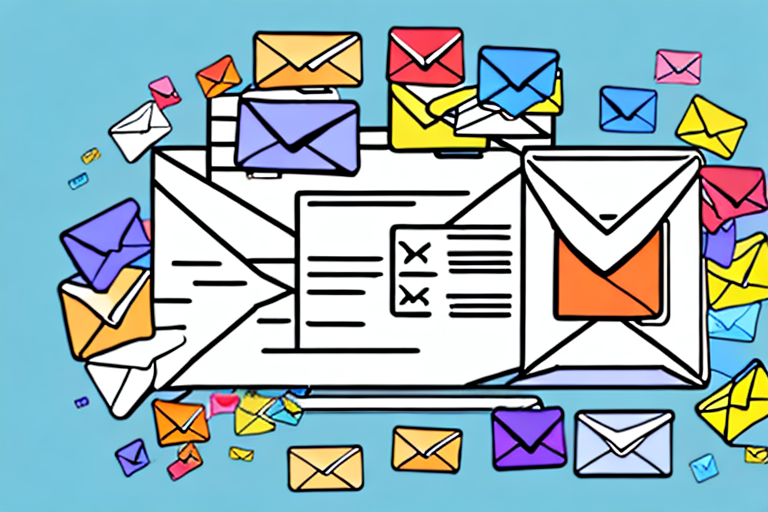
Conclusion
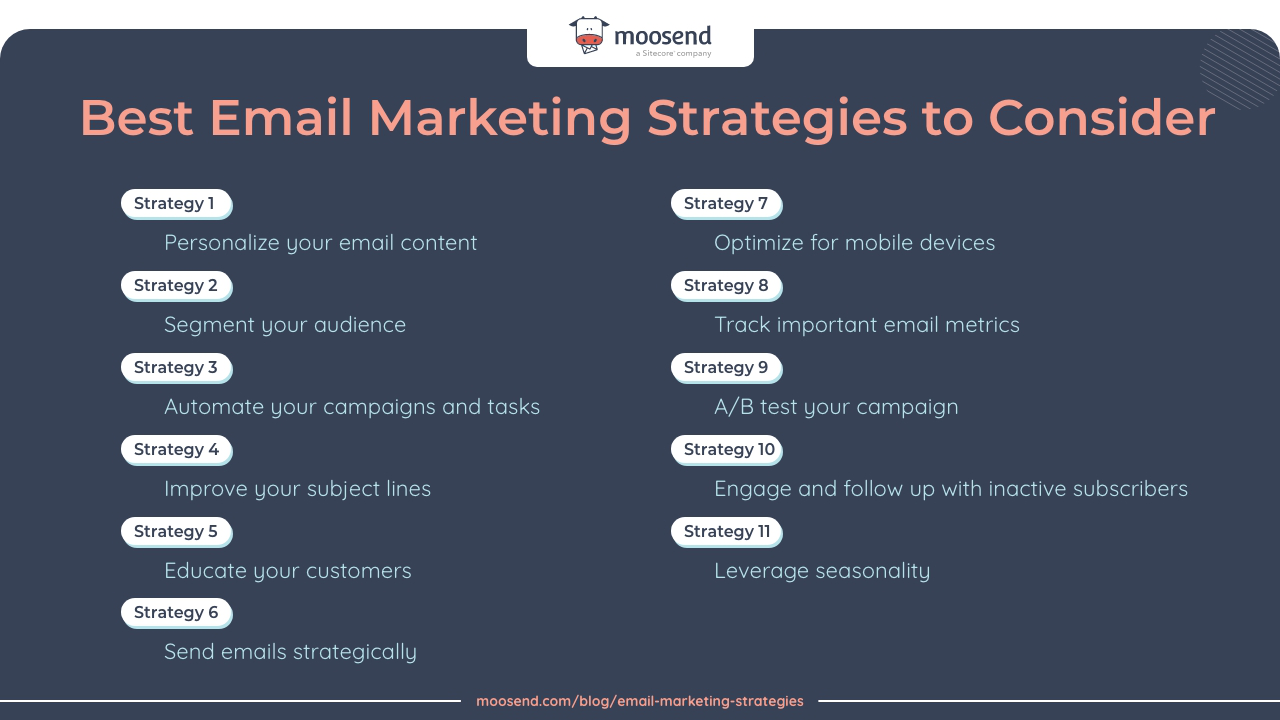
In conclusion, implementing effective email marketing strategies can profoundly impact your business engagement and growth. From understanding the importance of email marketing and building a high-quality subscriber list to crafting compelling content and designing eye-catching campaigns, each aspect plays a crucial role in achieving success.
By continuously analyzing and measuring your campaigns, you can refine your strategies to better align with audience needs and preferences. Remember, great email marketing is not just about sending messages but building lasting relationships. Embrace the power of email marketing, and watch your business flourish.




